Like many of you, I really enjoy growing plants and vegetables, but another thing I love is a lush, healthy lawn just outside my door or in a part of my garden.
I can assure you that it really boosts the home appeal and can even improve the whole environment. It provides a comfortable space for kids and pets to play and for family gatherings on warm evenings.
And, from a more economical point of view, a well-kept lawn can also increase property value as well as helping reducing soil erosion and absorbing runoff water.
These were the positive aspects. The problem is that maintaining a beautiful and healthy lawn isn’t as easy as many people think.
For this reason, I thought of a practical guide with step-by-step tips with everything you need to know and the most common mistakes to avoid.
Know Your Grass Type
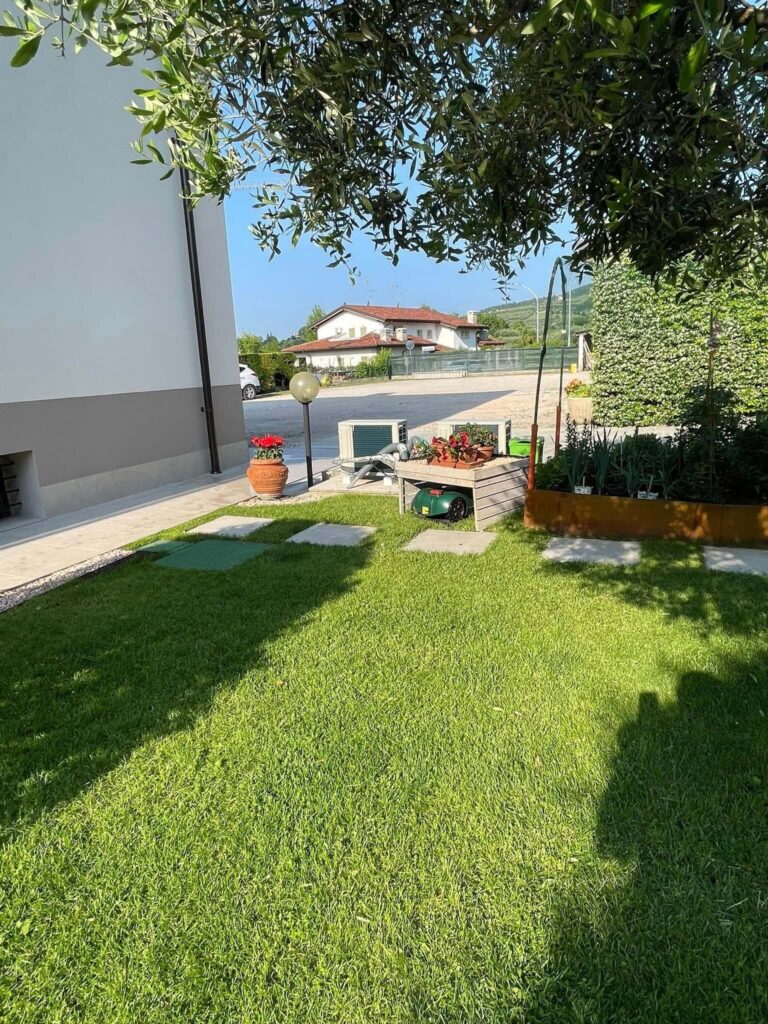
Before diving into lawn care techniques, it’s important to know what kind of grass you’re dealing with and what it needs.
In the U.S., lawn grasses are broadly divided into cool-season and warm-season types, which thrive in different regions and temperatures:
Cool-season grasses like Kentucky bluegrass, fescue, ryegrass, and bentgrass) are often called “northern grasses” because they’re well adapted to colder climates.
Cool-season lawns do best in regions with chilly winters and moderate summers so they’re perfect for the Northeast, Midwest, Pacific Northwest, and higher elevations.
They grow most vigorously in the cooler weather of spring and fall, and may slow down or turn brown during hot and dry summers.
On the contrary, warm-season grasses are often called “southern grasses” and include varieties like Bermudagrass, Zoysia grass, St. Augustine, Centipede, and Bahia.
They love heat and thrive during hot summers in the South, Southeast, and lower elevations, tolerating high temperatures that cool-season lawns cannot.
They hit their peak growth in late spring and summer, but go dormant (turn brown) when cold weather or frost arrives.
Why this matters?
Knowing your grass type guides how you care for it. It affects when you should fertilize, when to plant seed, how short to mow, and how your lawn will look in each season.
For example, if you live in Minnesota or New York (cool-season territory), you’ll focus on fall and spring lawn improvements and choose grasses like bluegrass or fescue.
If you’re in Alabama or Arizona (warm-season territory), you’ll time your major lawn tasks in late spring/summer and stick with heat-tolerant grasses like Bermuda or Zoysia.
Using a grass type unsuited to your region is a very common mistake but if you don’t want to change it, you can still get a satisfactory result if you look after it carefully.
Step-by-Step Guide to a Perfect Lawn
Test Your Soil
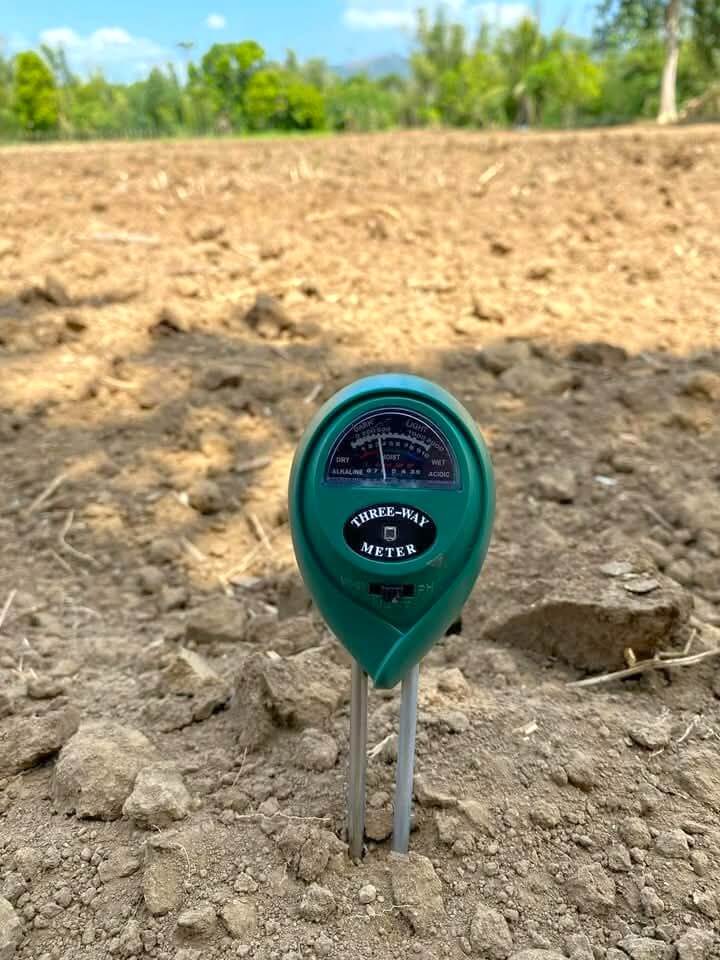
I say it now and it applies to the end of the article, remember that healthy grass starts from the ground up.
Before doing anything else, test your soil’s pH and nutrient levels. It would be ideal if you buy a soil tester (they’re quite cheap) or send a sample to your local Cooperative Extension.
If you can’t, do a simple test at home. Collect two small samples of dry soil, place them in separate containers and add a little water to each to make them muddy.
In the first container, pour in some white vinegar. If it fizzes, your soil is alkaline (pH above 7).
In the second container, add baking soda. Iif it fizzes, your soil is acidic (pH below 7).
If there’s no reaction in either, your soil is likely neutral (pH around 7). While this method isn’t highly precise, it’s a quick and easy way to get a general idea.
That said, the important thing for us is that most lawn grasses prefer slightly acidic to neutral soil, around pH 6.0 to 7.0.
If your soil is too acidic (low pH) or too alkaline (high pH), the grass can’t absorb nutrients properly even if they’re present, leading to yellow or thin turf.
Based on your soil test, add lime to raise a low pH or sulfur to lower a high pH.
Also consider the soil’s overall health: does it have enough organic matter and not too much compaction? You can improve poor soil by mixing in compost or quality topsoil to add nutrients and help it retain moisture.
Mow at the Right Height (and Frequency)
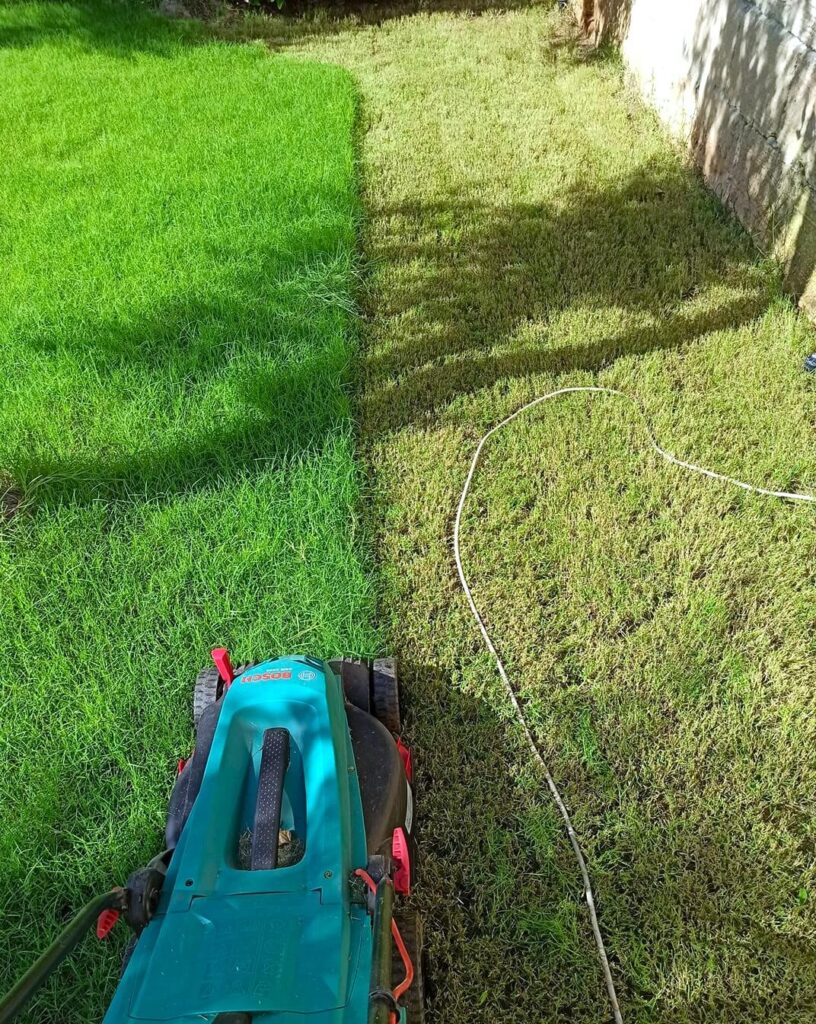
Mowing isn’t just about keeping your lawn neat. If you do it properly, it actually makes your grass healthier and denser.
The golden rule of mowing that I always use is the “one-third rule,” meaning never cut more than one-third of the grass blade length in a single mow.
For example, if you want your lawn around 3 inches tall (a good height for many common grasses), don’t let it grow much beyond 4 to 4 and 1/2 inches before mowing.
Cutting more than 1/3 at once can stress the grass because it scalps the lawn and weakens the root system. And I’ll tell you more, mowing grass too short can even cut into the crown of the plants and create bald spots, which invites weeds to invade.
During peak growing seasons (spring for cool-season grass, summer for warm-season), you may need to mow more than once a week to stick to the one-third rule. Don’t wait until the grass is overgrown. Regular mowing encourages growth, meaning the grass plants spread out and fill in, naturally helping crowd out weeds.
Another thing I want to stress is to always mow with a sharp blade. It’s very important because dull blades tear the grass, leaving ragged brown tips and making the lawn more vulnerable to disease.
Lastly, consider grasscycling, I do it every other time. So, instead of bagging the clippings, leave them on the lawn to decompose. Those tiny clippings return moisture and nutrients (especially nitrogen) back to the soil as they break down.
Watering a Perfect Grass
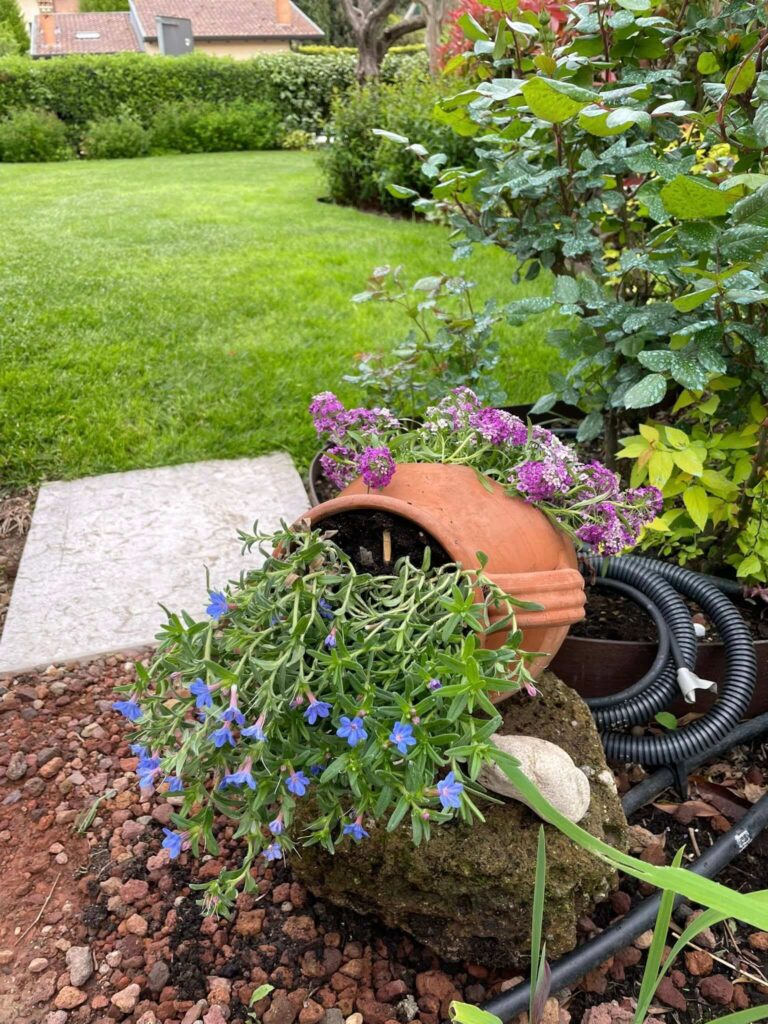
Here we finally come to one of the most debated topics: watering! Let me immediatly say that proper watering can make the difference between a brown, patchy lawn and a lush green one.
The general rule for established lawns is to water deeply but infrequently. Most lawns need about 1 to 1 and a half inches of water per week (including rainfall) during the growing season.
It’s much better to give that in one or two deeper watering sessions per week than to sprinkle a little every day. Deep watering means the moisture soaks down through the root zone, which trains your grass roots to grow deeper in search of water.
Deep roots lead to a more drought-resistant, hardy lawn. In contrast, very frequent shallow watering encourages roots to stay near the surface, resulting in weaker grass that dries out quickly and is more prone to stress.
So, absolutly avoid that common “every day for 10 minutes” approach.
Timing is also critical. The best time to water is early in the morning, roughly between 6 a.m. and 10 a.m.
Morning watering gives grass blades time to dry off in the sun, which helps prevent fungal diseases that can occur if the lawn stays damp overnight.
Obviously, I am giving general advice, but you must consider your local climate. In high summer heat or drought, your lawn may need a bit more water, whereas in cooler or rainy periods it will need less.
Avoid Water Waste: watering at midday under a hot sun wastes water because much of it will evaporate before it penetrates the soil.
Feed Your Lawn
Even with good soil, grass steadily uses up nutrients as it grows, and some nutrients leach away over time. Fertilizing replenishes the nitrogen, phosphorus, potassium and other minerals that grass needs for that rich green color and vigorous growth.
If you’re not an expert buy a fertilizer that’s specifically formulated for lawns (with a higher nitrogen content for green growth) and follow the label directions for how much to apply per square foot.
Typically, a balanced feeding schedule might be 2 to 4 times a year, depending on your lawn’s needs and your grass type.
When to fertilize? Match it to your grass’s active growing season. So spring and fall for cool-season lawns and late spring and summer for warm-season lawns.
The main rule is to never fertilize any lawn when it’s dormant (brown) because the grass can’t uptake the nutrients then and it’ll make more harm than good.
PRO GARDENER: As I mentioned earlier, if you want to be super accurate there are soil tests that you can buy but they are not essential.
Aerate the Soil
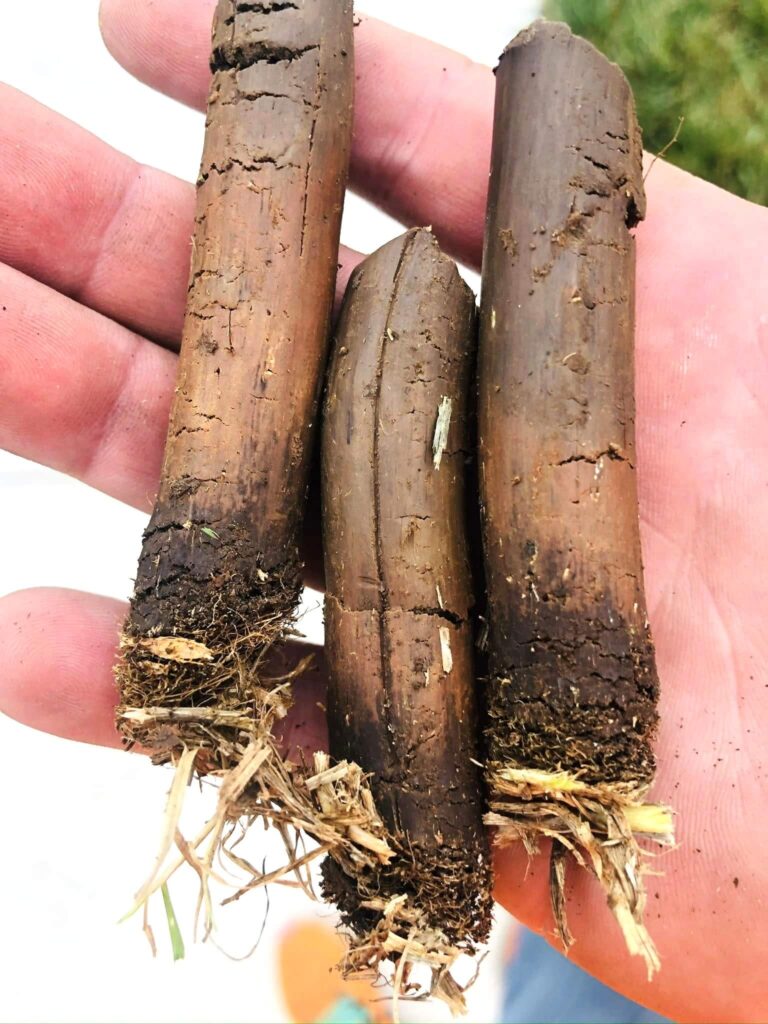
If your lawn gets a lot of foot traffic, or if you have heavy clay soil, over time the ground can become compacted, meaning the soil is packed too tightly for air, water, and roots to move freely.
Compacted soil is a silent lawn killer: grass roots struggle to grow in hard soil and can literally suffocate from lack of oxygen.
This may be sound a bit complex for beginner but I assure you that it is not. You can do something called Aeration which means punching small holes in the soil (and ideally pulling out small plugs of dirt) to loosen it up and allow air, water, and nutrients to reach the root zone.
This is typically done using a machine called a core aerator (which you can rent or hire a lawn service to do) that removes plugs of soil across the lawn.
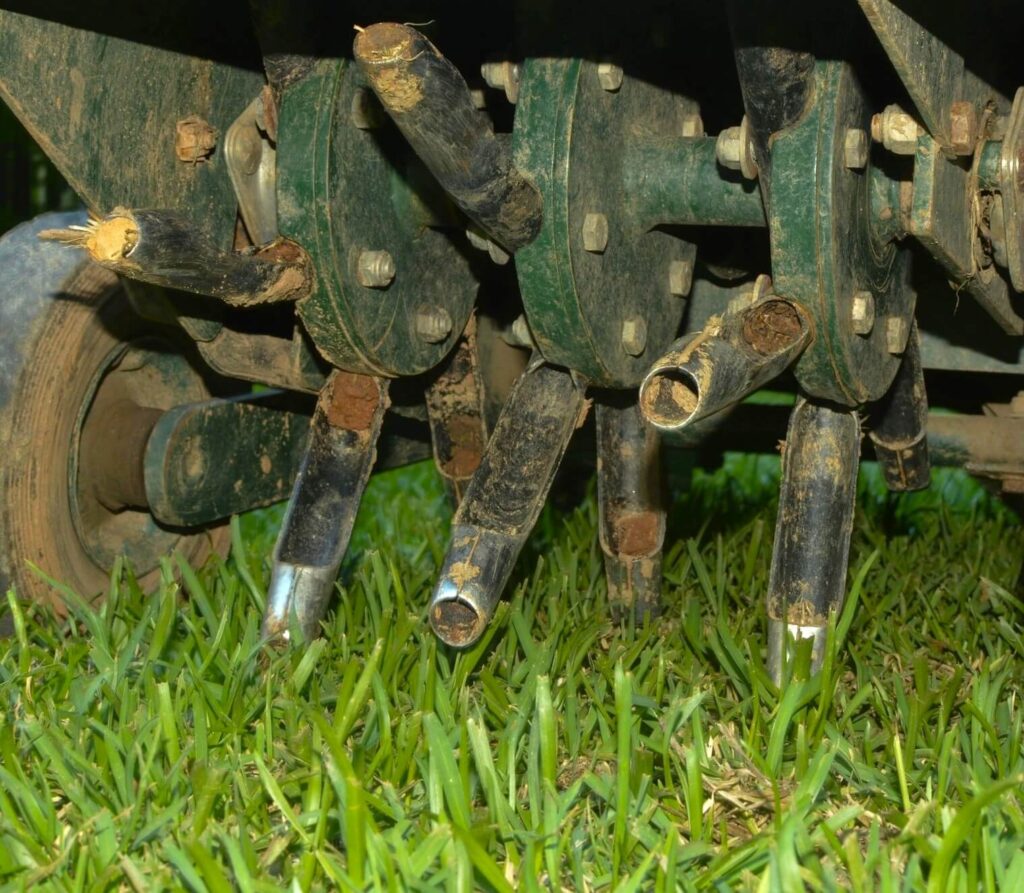
Luckily, you don’t have to do this often, but aerating annually or every couple of years can do wonders for your lawn’s health. It helps roots grow deeper and stronger, and helps rainwater soak into the ground rather than puddling or running off.
After that it’s also the perfect time to fertilize and overseed. because seeds and nutrients can fall into the freshly made holes and get direct soil contact.
Overseed to Fill in Thin or Bare Spots
Since I just mentioned let me say that overseeding is essential to patch up bare spots or increase the lawn’s thickness.
Even a well-cared-for lawn can develop thin areas over time due to heavy use, pet spots, or summer stress.
By overseeding annually or as needed, you introduce fresh grass plants that can revitalize your lawn and crowd out weeds.
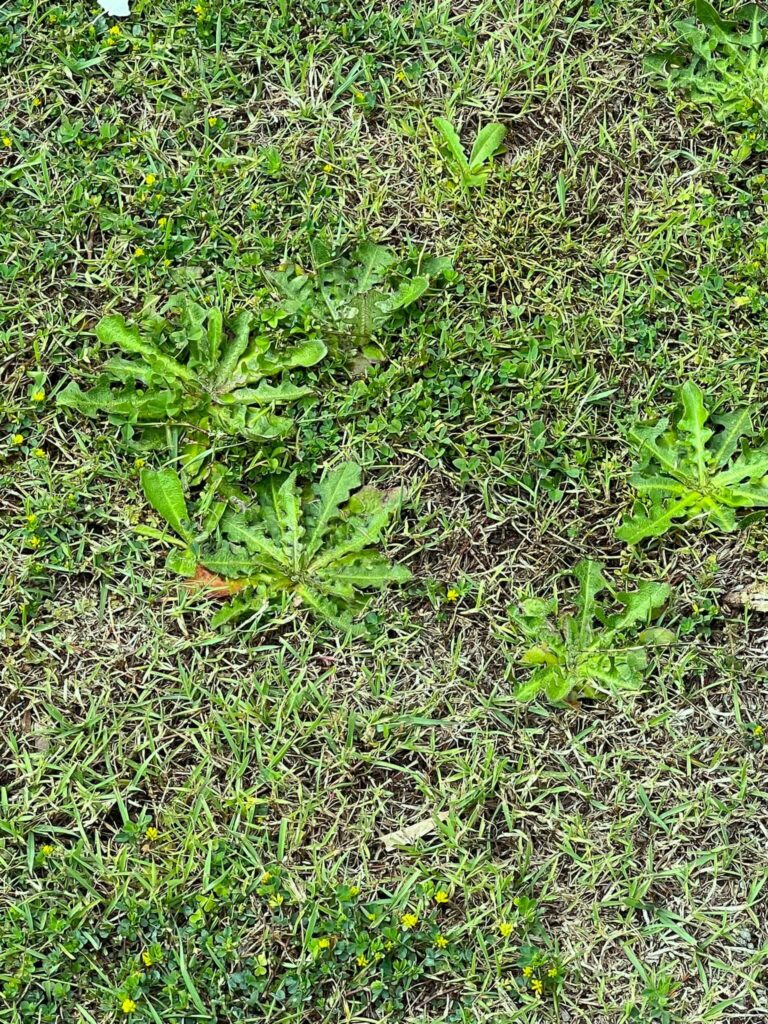
It’s also a chance to incorporate newer, improved grass varieties (for example, a drought-tolerant fescue or a disease-resistant bluegrass) into your lawn mix.
As I was saying before, overseeding works best when combined with aeration or at least roughing up the soil surface a bit, so the new seeds can contact soil to germinate.
The ideal time to overseed cool-season grasses is late summer to early fall (roughly late August through September in many areas).
For warm-season grasses, the best overseeding time is late spring or early summer, when those grasses are growing strong.
Remember to keep the seeded areas consistently moist for the first couple of weeks, I would say light watering once a day is perfect.
Then once the new grass sprouts and grows about 2 inches tall, you can ease back to normal watering.
Common Mistakes to Avoid
Now that we have seen what are the best things for our lawn, let me quickly list the most common mistakes I often see people make.
Mowing Too Short
Cutting the grass too low is a frequent mistake and it can seriously weaken your lawn. When you mow very short or take off a big chunk of the blade, you’re removing the grass’s food-producing parts and stressing the plant.
Always remember that grass actually needs a certain amount of leaf surface to absorb sunlight and grow.
Follow the one-third rule I mentioned earlier. A slightly longer lawn that’s thick will always look better than a scalped lawn with bare spots.
Watering Incorrectly

Giving your lawn the wrong amount of water is perhaps the most common mistake I see people make in general.
Some homeowners water too often, a little bit every day, which keeps the surface constantly damp.
Remember that signs of overwatering include mushroom growth, constant moisture, and runoff. To avoid these pitfalls, water deeply but infrequently and do it in the early morning hours.
Others might hardly water at all during droughts, letting the lawn go crispy (which can be okay if the grass is healthy and simply going dormant, but a very thin, dry lawn invites weed invasion).
In addition, always remember to avoid these common watering mistakes.
Ignoring Soil Health
Some people have a hard time figuring out what they’re doing wrong. I’ve received several emails from frustrated people saying they couldn’t understand why their lawn was struggling, even though they were watering it properly and mowing it regularly at the right height.
I always replay with “many lawn issues start below the surface.“
If you’ve never checked your soil, you might be fighting an uphill battle. For example, if your soil pH is way off (too acidic or too alkaline), your grass might yellow and languish no matter how much you care, because it can’t use the nutrients efficiently.
Do a simple soil test every year or two to gauge pH and nutrient levels. The test results will guide you on whether you in the right direction.
Neglecting Weed Control Until It’s Out of Hand
Weeds are the bane of many lawns, and one mistake is thinking a few weeds are no big deal (until they spread.)
If you let even one dandelion or crabgrass plant go to seed, it can blow thousands of seeds across your lawn, creating a much bigger problem.
Similarly, creeping weeds like clover or creeping Charlie can start in a corner and quickly creep over large areas if not addressed. By the time you take action, you could be left with more weeds than grass, and killing them will leave bare patches.
The best strategy is to be proactive: keep your lawn thick and healthy to crowd out weeds, pull or treat new weeds as you see them (spot-treat small problems before they become infestations), and consider a pre-emergent herbicide in spring if annual weeds like crabgrass are an issue.
You can also have a look at the perennial flowers that naturally crowd out weeds.
Planting the Wrong Grass or Wrong Care for the Region
Last mistake, and perhaps the most important and the most difficult to solve, is using a grass species that isn’t suited for your climate.
If your lawn consistently fails despite proper care, you might need to overseed with a more appropriate grass variety for your conditions (for instance, transitioning a thin cool-season lawn in the lower South to a turf-type tall fescue that handles heat, or introducing some ryegrass into a shady area where Bermudagrass struggles).
In short, work with your climate, not against it. Perhaps navigating the different types of lawns can be difficult, so the last thing I want to say is to rely on experts if there are problems or you’re unable to solve things yourself.
I don’t know why but some gardeners see asking for help as a defeat but this is absolutely not true.
In more serious cases, getting help from a lawn care expert can set you off on the right foot. And after that, you can take over and keep your beautiful lawn thriving on your own.

